[Okazaki city] Learn about the History and Miso Production on a Tour of the "Maruya Hatcho miso" brewery!
![[Okazaki city] Learn about the History and Miso Production on a Tour of the "Maruya Hatcho miso" brewery!](https://life-designs.jp/wp/wp-content/uploads/2020/12/image3-18.jpg)
Table of Contents
"Hatcho miso" is popular not only for its health benefits but also as a beauty food. Since the Edo period, the taste and technique have been passed down from generation to generation while preserving the traditional production method. Only two breweries in Hatcho town, Okazaki City, Aichi Prefecture, have inherited this traditional technique.
This time, we will introduce the history of one of them, "Maruya Hatcho miso," miso production, and the president's thoughts, along with a tour of the brewery.
Founded in 1337
"Maruya Hatcho miso"
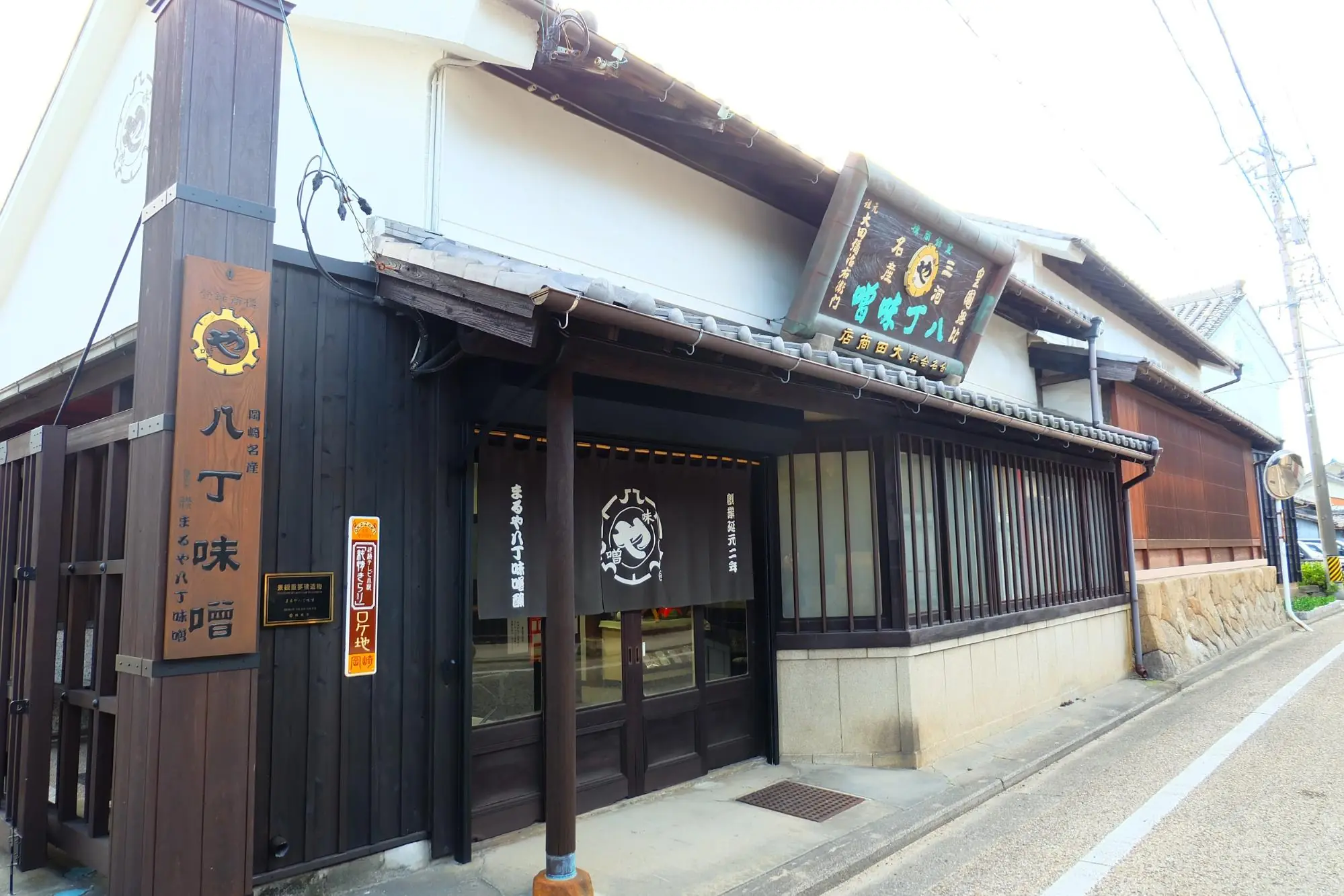
"Maruya Hatcho miso" was founded in 1337, and the founder, Yajiemon Ota, started it as a brewing business, and began producing miso in earnest during the Edo period. Start building.
It came to be called Haccho miso from the name of Hatcho Village (currently Hatcho Town), which is located 870 meters west of Okazaki Castle, where Ieyasu Tokugawa was born.
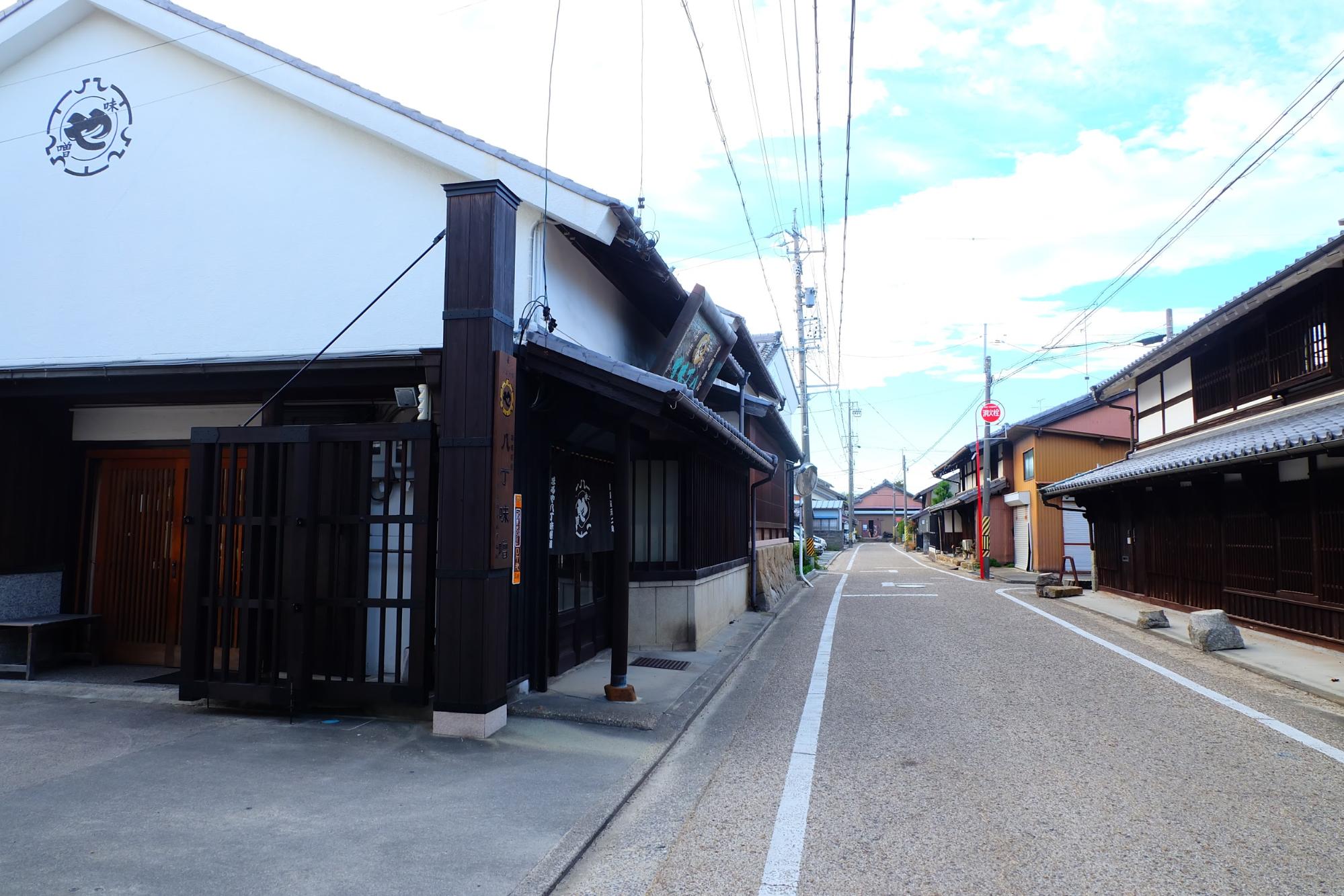
The road in front of the white-walled headquarters was once the old Tokaido Highway, the so-called 53rd of the Tokaido route, and Okazaki here prospered as the 38th stop on the route.
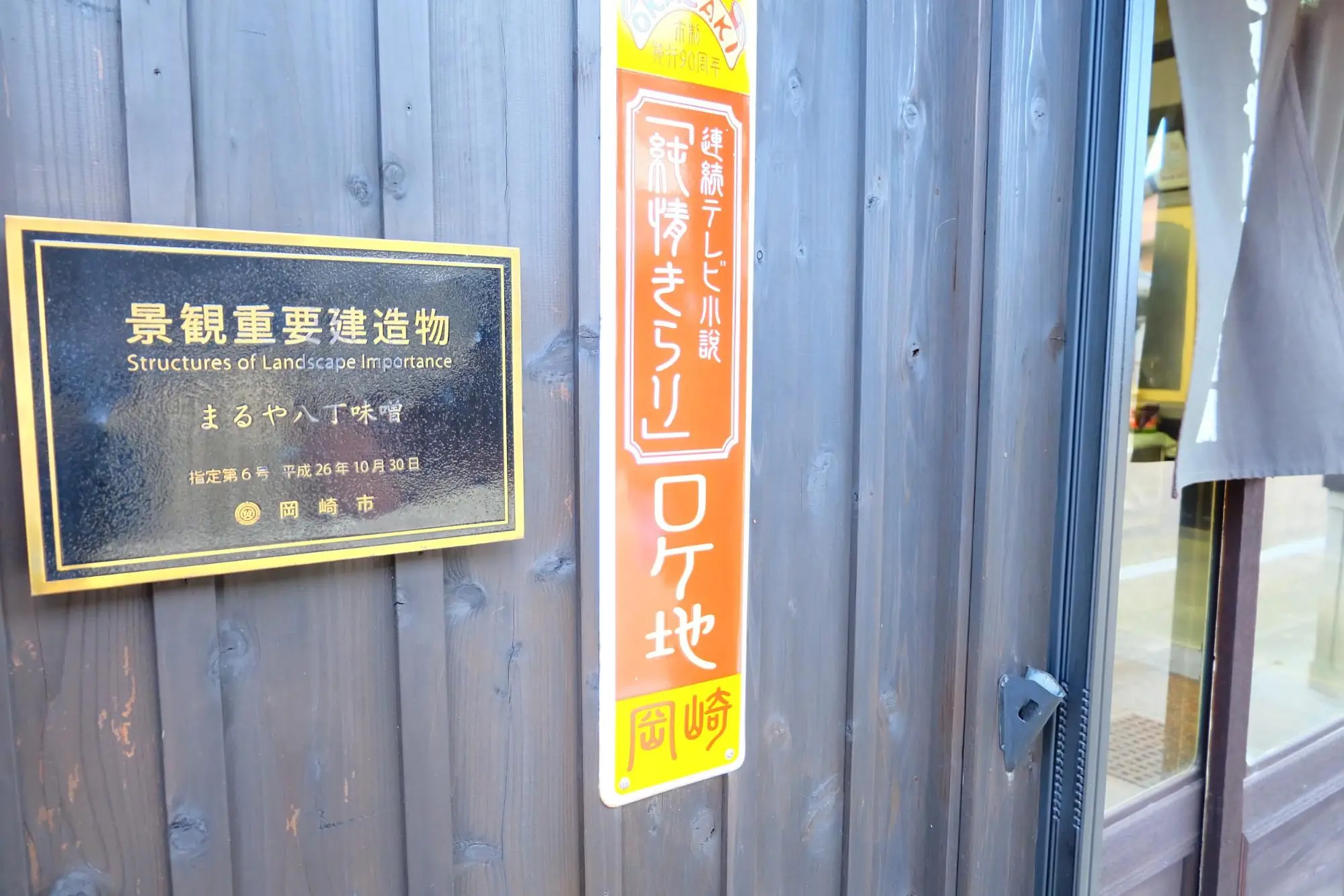
The head office building is registered with Okazaki City as an important landscape structure. It also attracted attention as a filming location for the 2006 NHK morning drama "Junjo Kirari".
What are the ingredients of Hatcho miso?

The ingredients for Hatcho miso are only soybeans, salt, and water. There are three types of soybeans used in Maruya Hatcho miso: domestically grown Fukuyutaka beans, organic soybeans, and imported soybeans from overseas.
Seeds and koji making

soybean sorting
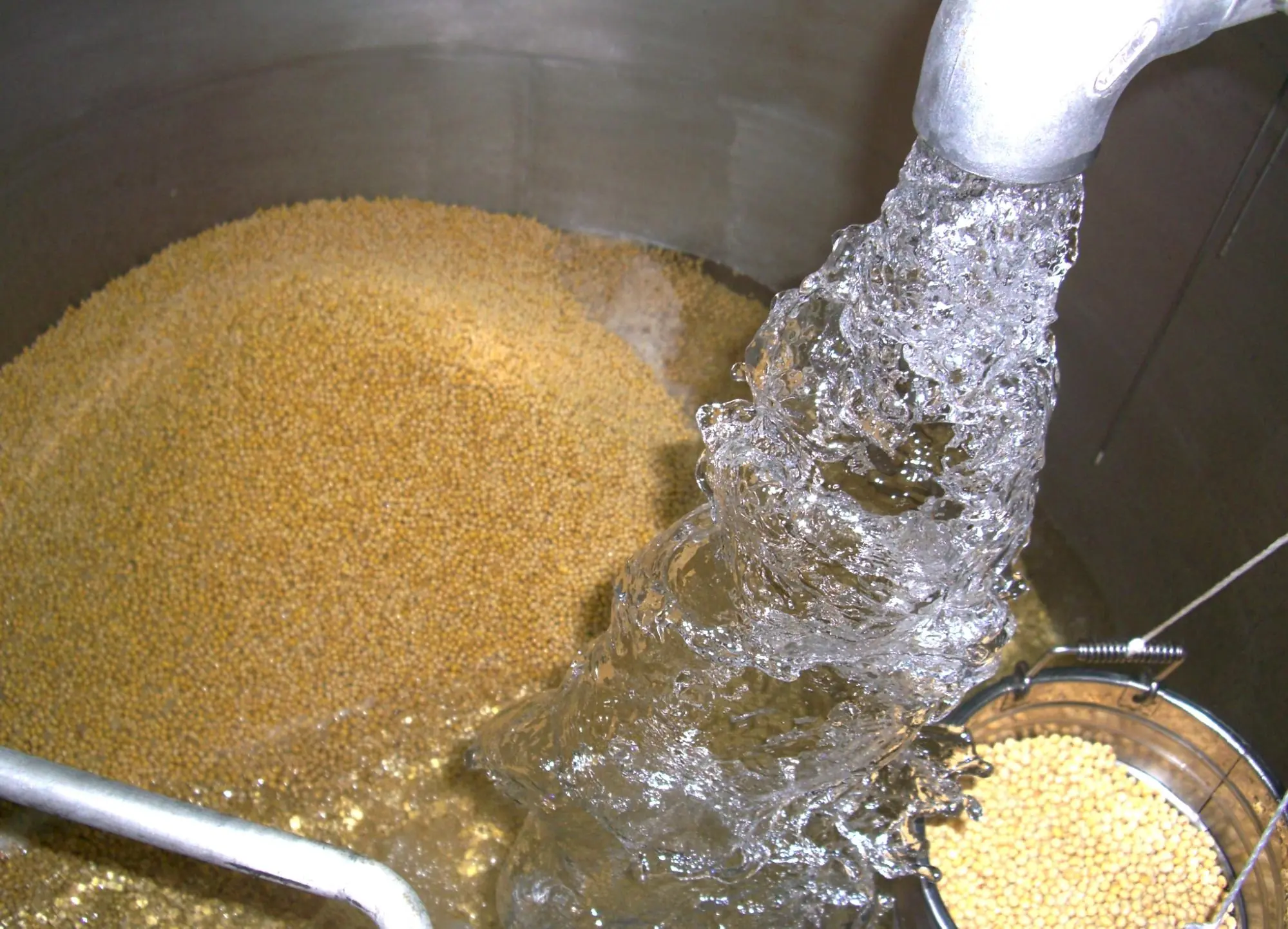
soaking
Here's how to make Hatcho miso at last. The first step is to sort the soybeans. Rounded soybeans with uniform grains are selected. After the sorted soybeans are washed, they are soaked in water in a process called "soaking".
In fact, this "soaking" process is an important step that determines 80% of the quality of the miso product. The time it takes to soak the soybeans in water greatly determines the final miso product, so we control the soaking time to the minute; a five-minute difference can be fatal.

Seigyoku
After that, the soybeans are steamed until they have the right amount of firmness and amber color, and are made into fist-sized miso balls. (So-called ball making). And this size is also a point. Lactic acid bacteria living in the brewery enter the miso balls, creating a moderately sour taste.

Koji making
Then, the surface of the miso balls is sprinkled with soybean koji mold, which is essential for ripening, and after being left for about 4 days, it becomes covered with pure white koji mold (koji making). Add salt and water to this using a recipe that has been passed down from generation to generation.
Pour into a wooden bucket. Now it's time to prepare Hatcho miso.
Stone stacking process
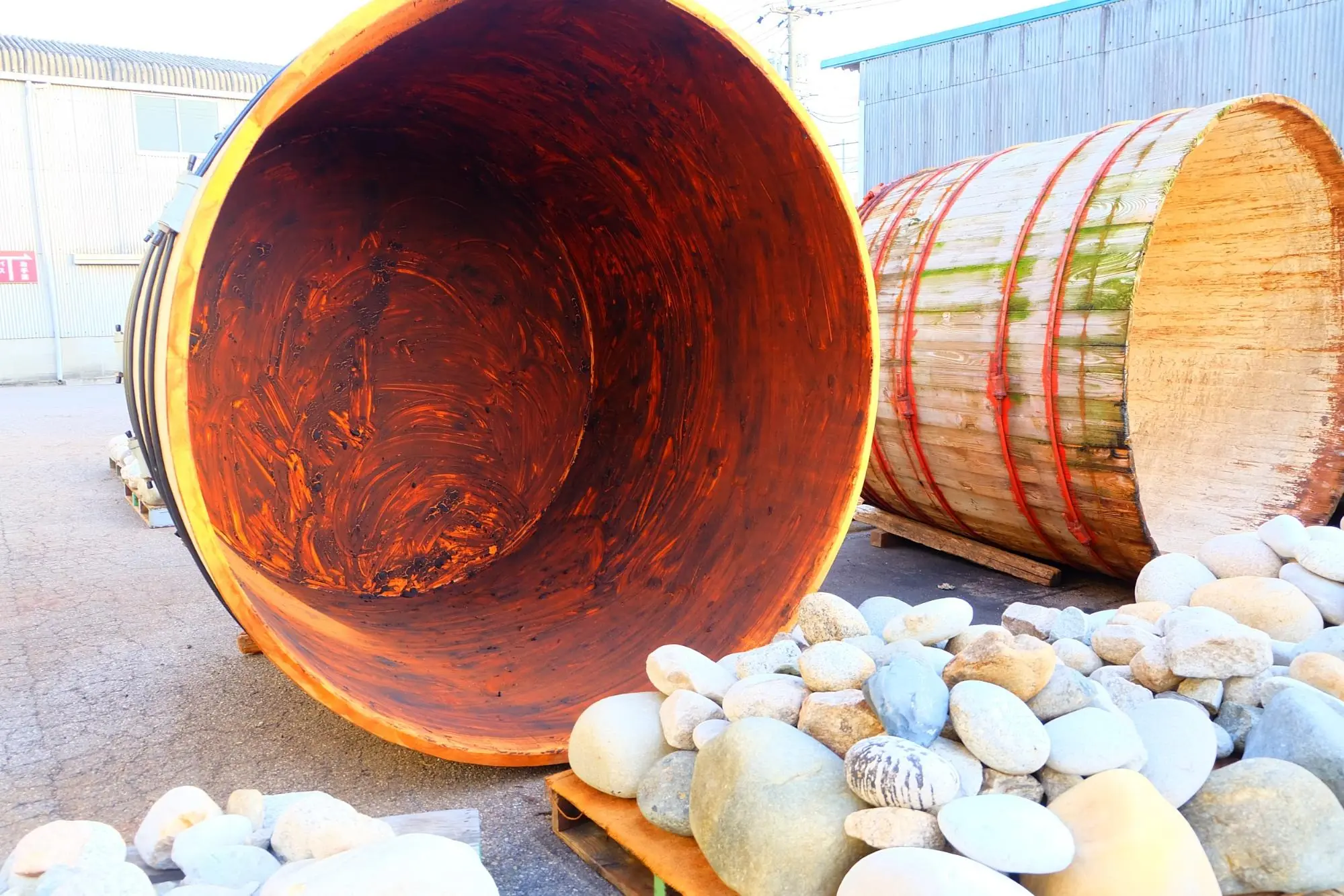
The size of the cedar barrel is about 2 meters wide and 2 meters high. It contains 6 tons of miso.
Craftsmen then stamp their feet to remove the air, creating the foundation for the stone stacking. The craftsmen can feel the water drain out of the vat with the sensation of their feet over the years. The oldest wooden vat in use was made in 1864! The average age of the vat is 100 years, and if a family of four drinks one cup every day from a single vat, it will last for more than 250 years.
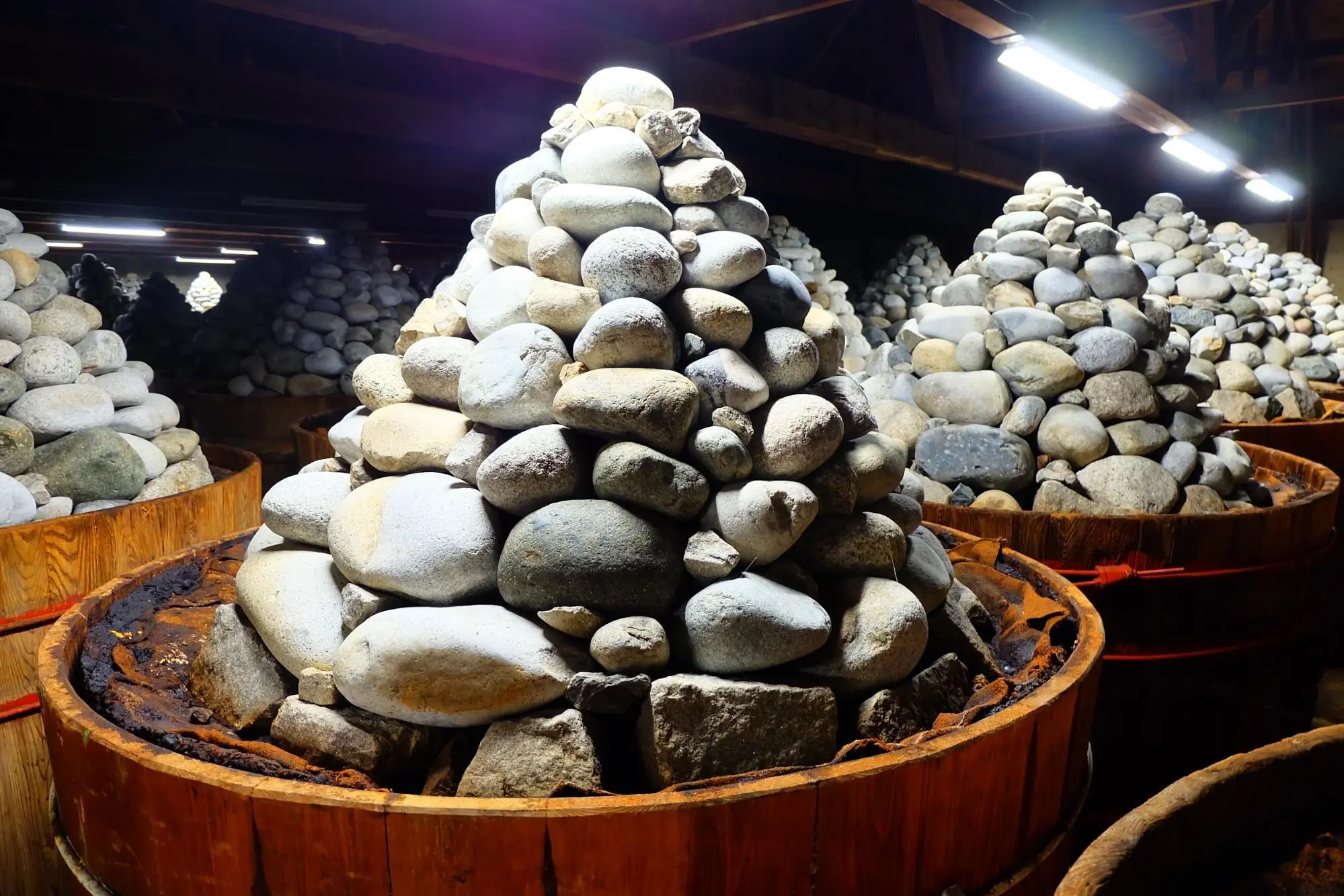
Then, when the wooden barrel is filled with miso, the final process called “stone stacking” begins.
This "stone stacking" is a symbolic manufacturing method for Hatcho miso, but why do we stack stones in the first place?
Hatcho miso is characterized by its low water content, but since it is prepared with just the minimum amount of water needed to make miso, the top of the vat dries out over time. The weight of the stones circulates water from the bottom of the tub to the top.
And these stones are also piled one by one by a craftsman, spending more than 3 hours in a beautiful cone shape. There are about 500 of them, large and small, and they weigh about 3 tons!
Once the stones have been piled up, they are left to rest for two summers and two winters, and once they have matured properly, Hatcho miso is complete.
![[Okazaki city] Learn about the History and Miso Production on a Tour of the "Maruya Haccho miso" brewery!| Okazaki City Outing Spots > Tourist Spots | Life Designs | Traveling and Living in Nagoya, Aichi, Gifu and Mie](https://life-designs.jp/wp/wp-content/themes/wp-templ/assets/img/common/logo.svg)


![[Industrial Museum & Factory Tour] Learn the Manufacturing in Tokai Area!](https://life-designs.jp/wp/wp-content/uploads/2019/06/w1920x1088_factory-1024x580.jpg)


!["INAX Museum", a hands-on museum where you can fully experience the charm of pottery [Part 1]](https://life-designs.jp/wp/wp-content/uploads/2019/06/image7-28-300x200.jpg)
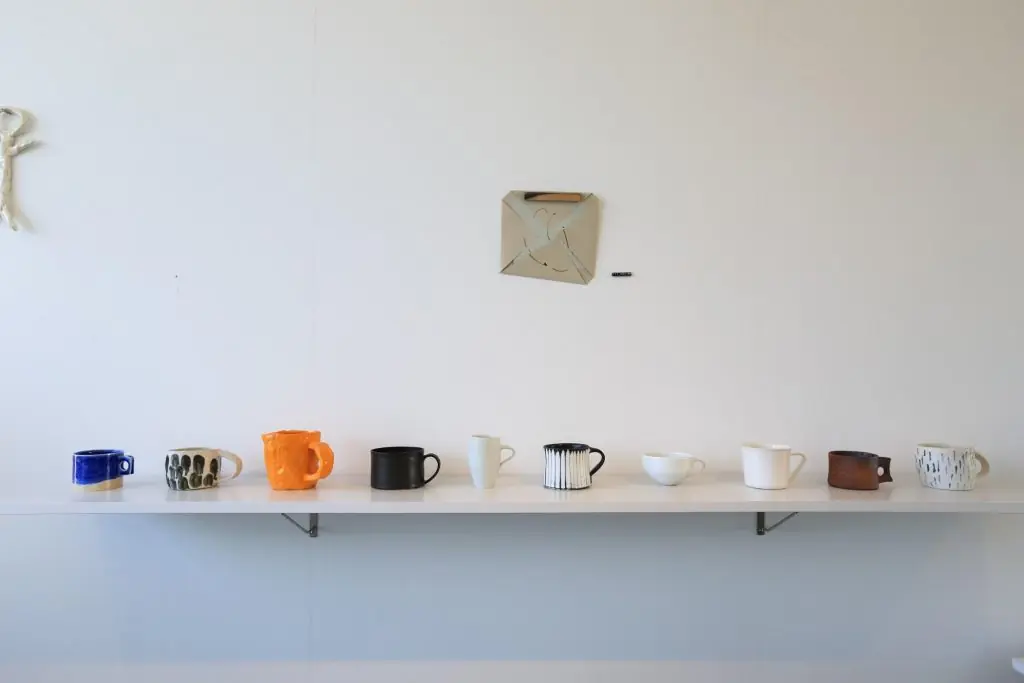

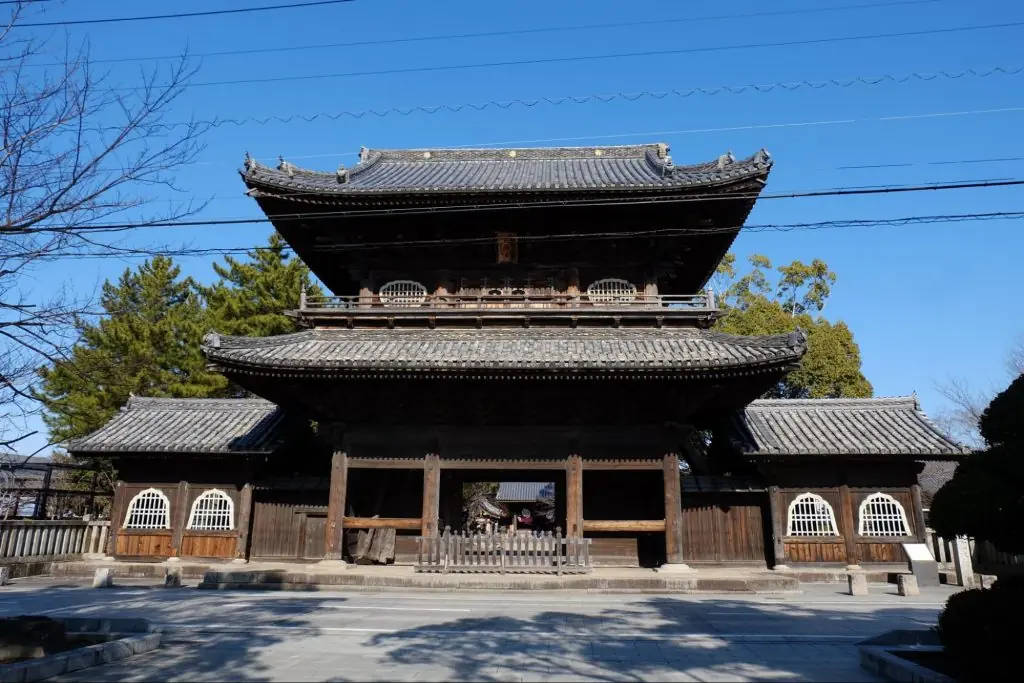
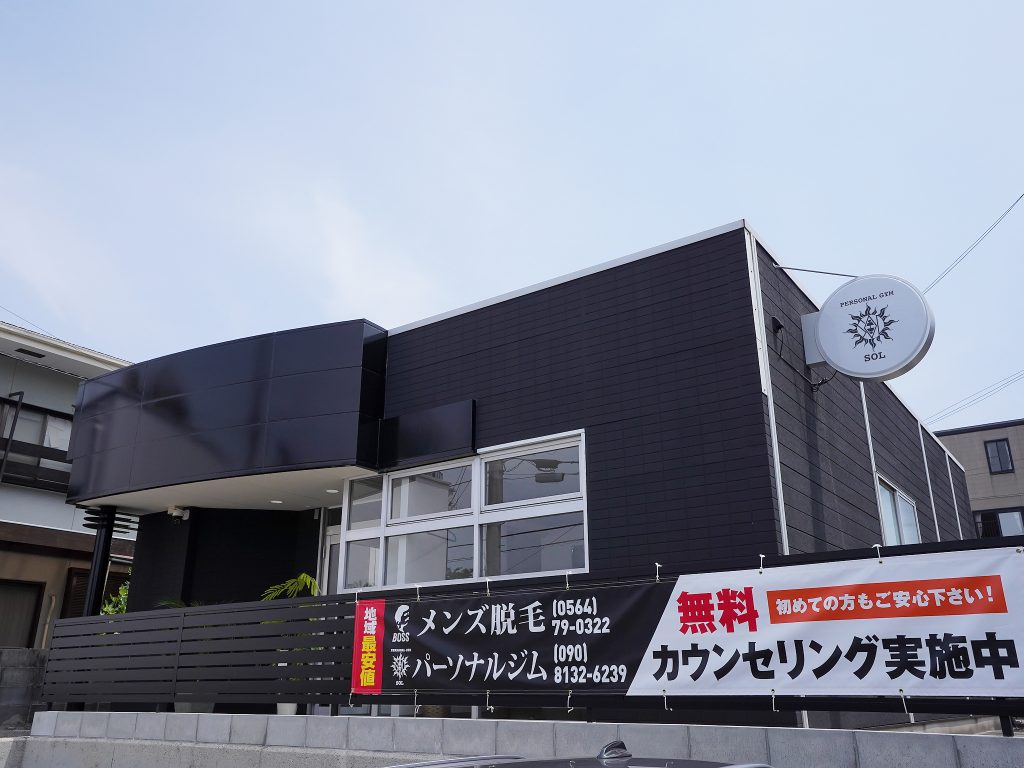
![[Trip 2023] What to do in Nagoya? 30 Recommended Sightseeing Spots](https://life-designs.jp/wp/wp-content/uploads/2023/10/FotoJet-50-1024x768.jpg)
![[Recommended] Summary of Popular Spot in Nagoya](https://life-designs.jp/wp/wp-content/uploads/2023/12/image2-13-1024x768.jpg)
![[Iga City] Learn about food culture through manufacturing! “Iga no Sato Mokumoku Tezukuri Farm”](https://life-designs.jp/wp/wp-content/uploads/2023/09/image35-1024x708.jpg)
![[Gamagori] A Fantastic Seashell Theme Park "Takeshima Fantasy Museum"](https://life-designs.jp/wp/wp-content/uploads/2023/06/698e88227fc0aaeb6aaef7e6782c2b06-1024x683.jpg)

![[Indoor Facilities] Where to Go on Rainy Days in Tokai Area! For Family Outings!](https://life-designs.jp/wp/wp-content/uploads/2023/07/FotoJet-23.jpg)



![[2025 Latest Edition] 32 Summer Resorts Within 2.5 Hours by Car from Nagoya!](https://life-designs.jp/wp/wp-content/uploads/2020/08/d5e9a698a33b82fe60aa760e3d6d995f.jpg)

![[Ghibli Park] Beginner's Guide](https://life-designs.jp/wp/wp-content/uploads/2023/07/ghiblipark_w1920h1088_20240422-768x435.png)
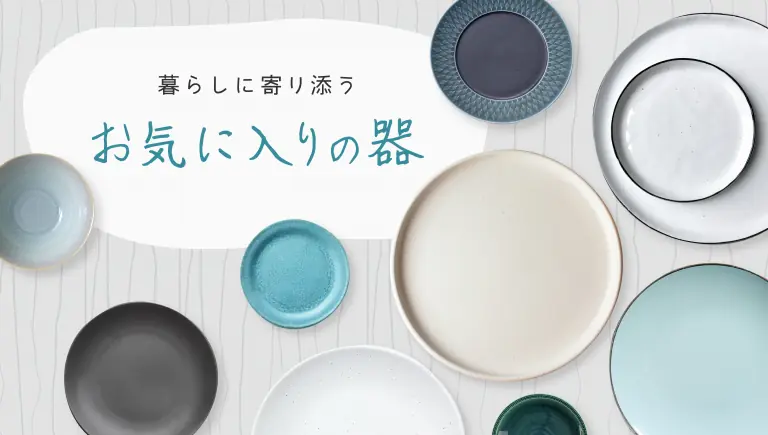
![[Enjoy Kuwana! ] From Classic to the Latest Spots](https://life-designs.jp/wp/wp-content/uploads/2022/11/Kuwana_w1920x1088-1-1024x580.png)
![[Nagoya-meshi] Nagoya's Speciality Dishes](https://life-designs.jp/wp/wp-content/uploads/2022/06/5ba2ca8c038fd4af7527bc0826367cfb-1024x580.png)
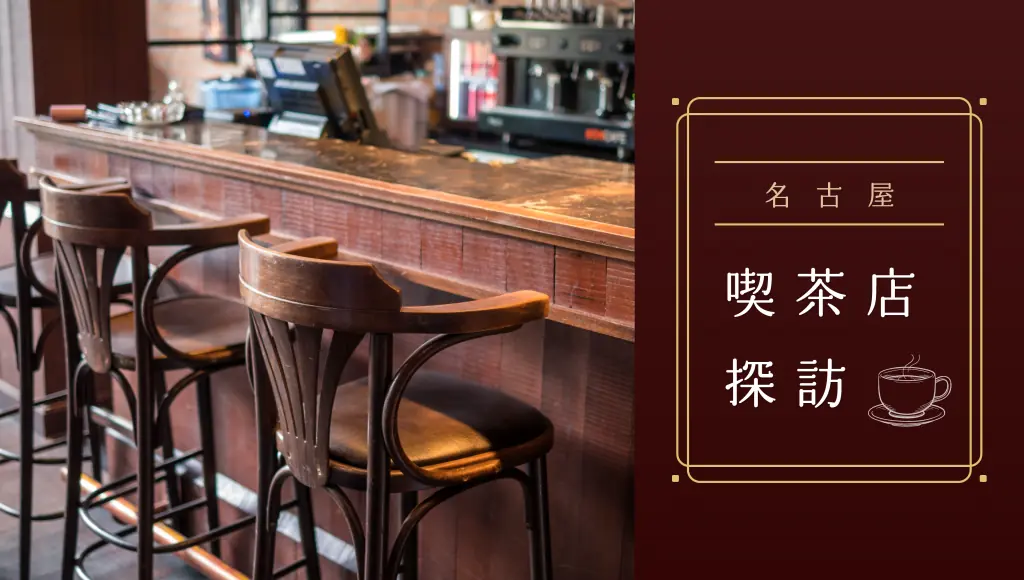
![[Tokai Area] Place to Go on Rainy Days!](https://life-designs.jp/wp/wp-content/uploads/2022/03/f76405aaa33944a4ba88a131fbc56523-1024x580.png)

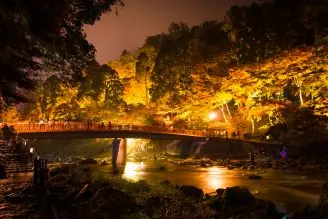
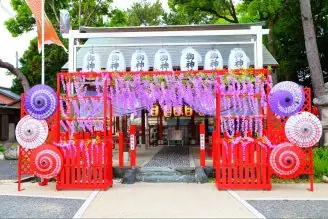
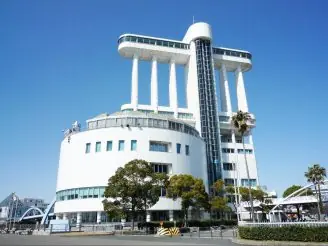
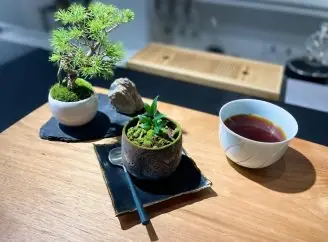

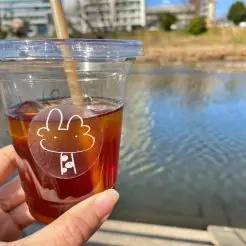

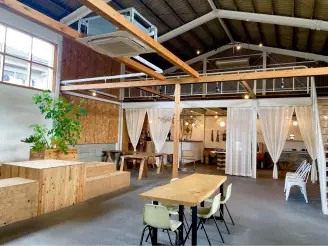





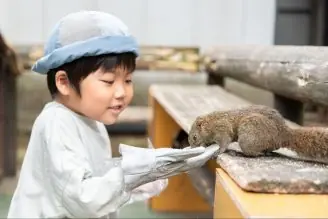






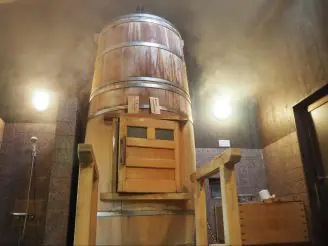
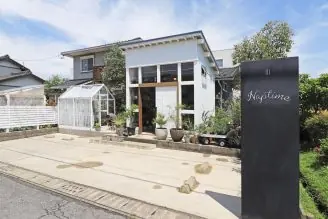


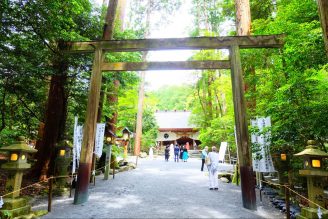

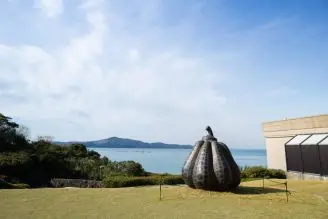

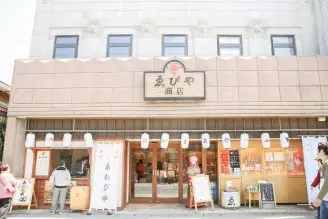
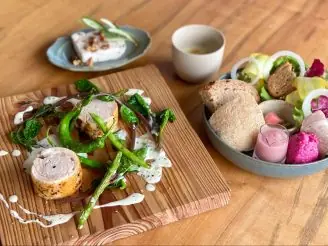
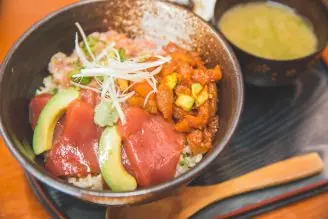
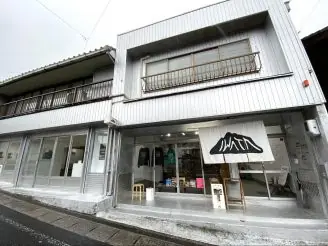
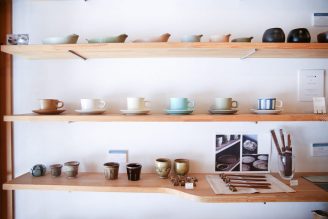
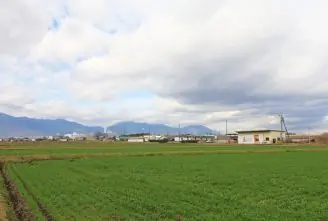

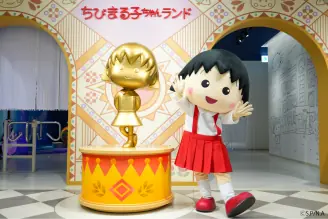








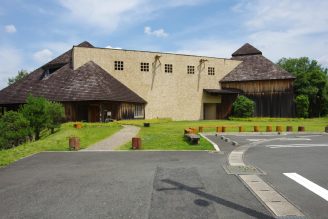
![[Indoor Facilities] Where to Go on Rainy Days in Tokai Area! For Family Outings!](https://life-designs.jp/wp/wp-content/uploads/2023/07/FotoJet-23-1024x768.jpg)
![Onigiri is hot right now! Summary of Osu's Onigiri Specialty Shops [5 selections].](https://life-designs.jp/wp/wp-content/uploads/2023/11/onigiri-1024x768.jpg)
![[28 selections] I want to get it when I go to Ghibli Park! Recommended goods & souvenirs (Ghibli’s Grand Warehouse edition)](https://life-designs.jp/wp/wp-content/uploads/2023/07/07bb34f30842ccc4c6412fc060e1966c-1024x683.jpg)
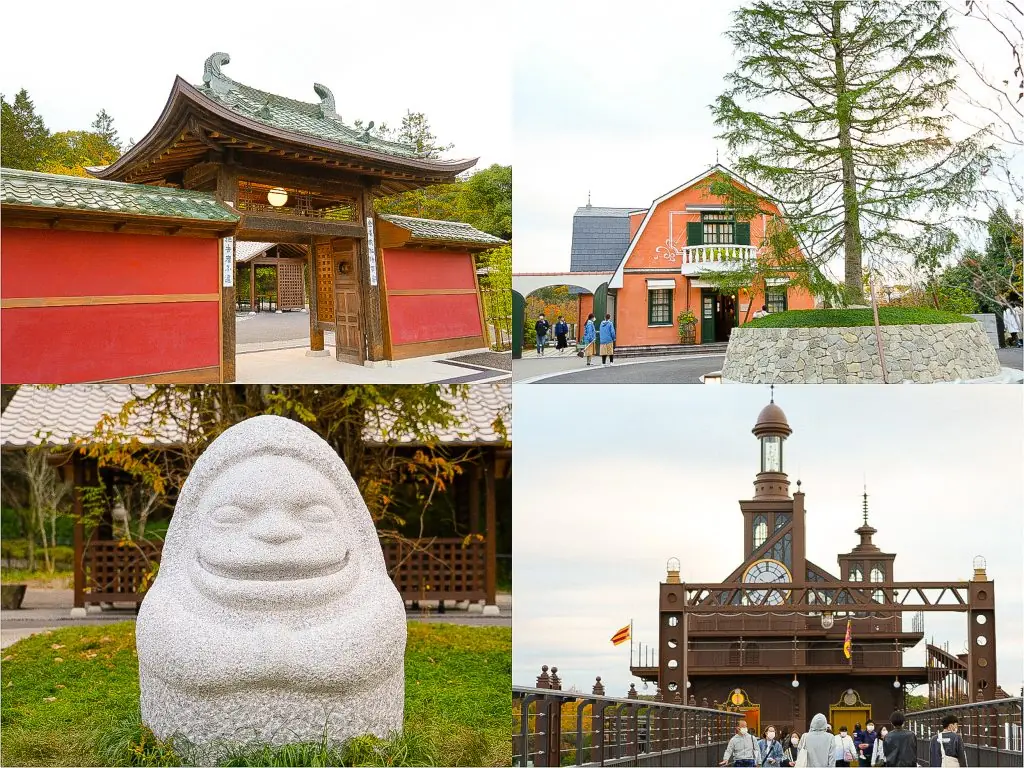
![[20 Selections] Nagoya Souvenirs: Non-Sweet & Recommended Snacks Available at Nagoya Station](https://life-designs.jp/wp/wp-content/uploads/2025/07/image3-2-1024x683.jpg)
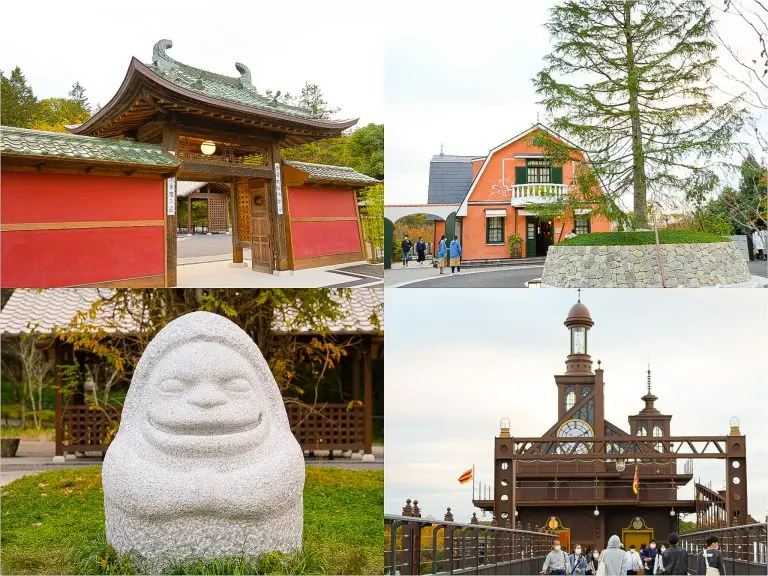
![[Within 2hrs by Car] 12 Outing Areas where You can Go on a Day Trip from Nagoya!](https://life-designs.jp/wp/wp-content/uploads/2023/07/odekake12_w1200h900_20240422-328x246.png)

![[2 hours from Nagoya] From mandarin orange picking to local food and contemporary art. Recommended for autumn and winter! A day trip plan to fully enjoy Minami-Ise Town](https://life-designs.jp/wp/wp-content/uploads/2019/12/image17-7-150x100.jpg)

